电动手术床的电磁兼容性与研究与设计
摘要随着科学技术的不断发展和广泛应用,各种电子电气设备向着多样化、高集成度、高处理速度方向发展,导致空间电磁环境日益复杂,严重影响电子设备的正常工作。同时,无线通信技术的大量应用也加重了环境中的电磁干扰现象。特别是手术室空间小、医疗设备相对比较集中、干扰源较多,则电磁干扰现象更为严重,影响手术室设备的正常工作,危及病人的健康。由于目前电磁环境日益恶化,国内外标准组织越来越重视电子电气设备的电磁兼容性。国际电工委员会(IEC)下属的三个技术委员会及其他的国际组织,主要进行电磁兼容方面的研究和国际标准的制定,出版和发布了大量的电磁兼容方面的标准;并且,我国相关的电磁兼容标准组织也完成了各种电磁兼容...
相关推荐
-
公务员思想政治教育研究VIP免费
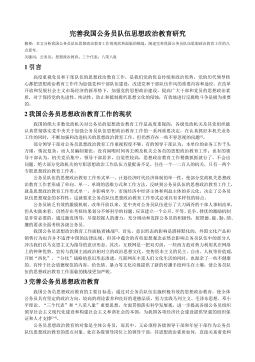
 2024-10-15 31
2024-10-15 31 -
在线社会网络中用户行为的实证分析与机制建模研究VIP免费
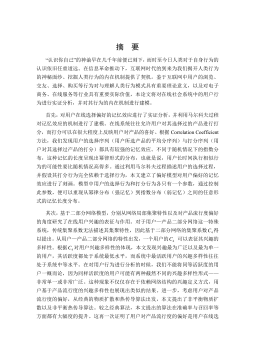
 2025-01-09 6
2025-01-09 6 -
智能优化方法对神经网络的改进及应用研究VIP免费
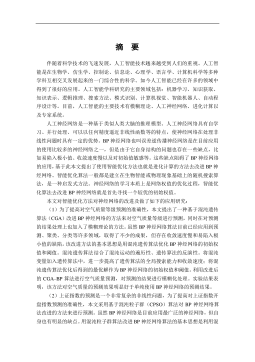
 2025-01-09 7
2025-01-09 7 -
鲜切哈密瓜保鲜技术研究VIP免费

 2025-01-09 9
2025-01-09 9 -
小城镇道路网级配方法及应用研究VIP免费

 2025-01-09 6
2025-01-09 6 -
医学信息集成测试系统的研究与实现VIP免费
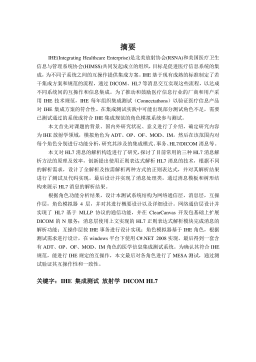
 2025-01-09 8
2025-01-09 8 -
余热驱动氨水吸收式制冷系统的理论及实验研究VIP免费

 2025-01-09 7
2025-01-09 7 -
喷雾降温技术适用性及热环境研究VIP免费

 2025-01-09 9
2025-01-09 9 -
收缩—扩张喷嘴的气泡雾化数值模拟VIP免费
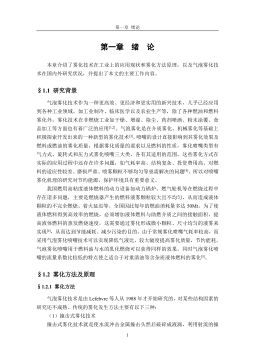
 2025-01-09 11
2025-01-09 11 -
支持供应链的工作流系统结构及其计划与调度的研究与应用VIP免费

 2025-01-09 13
2025-01-09 13
相关内容
-

医学信息集成测试系统的研究与实现
分类:高等教育资料
时间:2025-01-09
标签:无
格式:PDF
价格:15 积分
-

余热驱动氨水吸收式制冷系统的理论及实验研究
分类:高等教育资料
时间:2025-01-09
标签:无
格式:PDF
价格:15 积分
-

喷雾降温技术适用性及热环境研究
分类:高等教育资料
时间:2025-01-09
标签:无
格式:PDF
价格:15 积分
-

收缩—扩张喷嘴的气泡雾化数值模拟
分类:高等教育资料
时间:2025-01-09
标签:无
格式:PDF
价格:15 积分
-

支持供应链的工作流系统结构及其计划与调度的研究与应用
分类:高等教育资料
时间:2025-01-09
标签:无
格式:PDF
价格:15 积分






